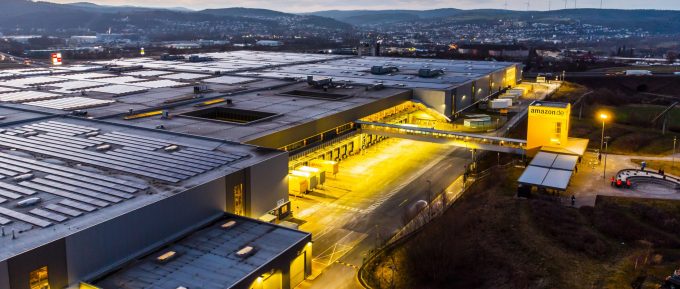Integrators splash out on expansion in lucrative healthcare logistics
The integrated express carriers are gunning for a larger slice of the healthcare logistics pie, ...

Amazon is to insert an extra layer of warehousing in its parcel distribution infrastructure, between its fulfilment and distribution centres.
It has started trials with clients of its Fulfilment by Amazon (FBA) programme, feeding fulfilment centres “from upstream, for more seamless replenishment”.
“These new facilities are essentially ...

Comment on this article